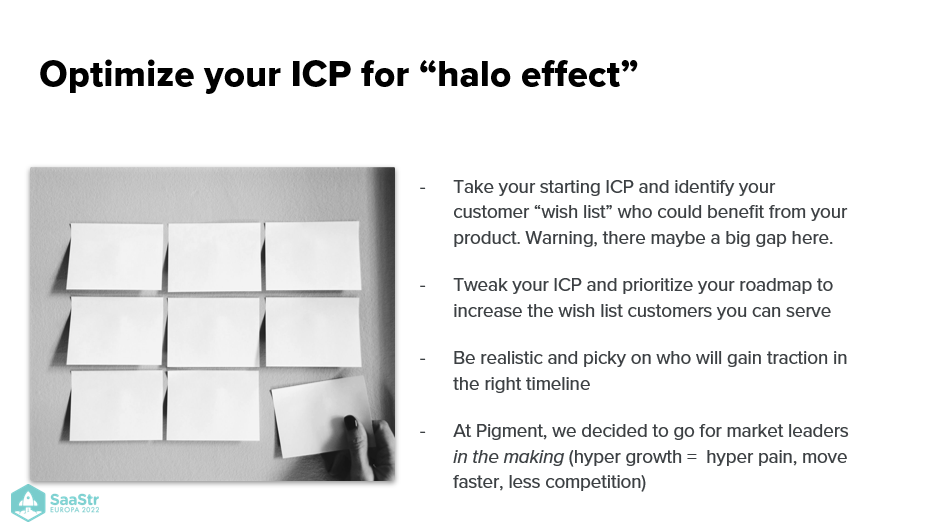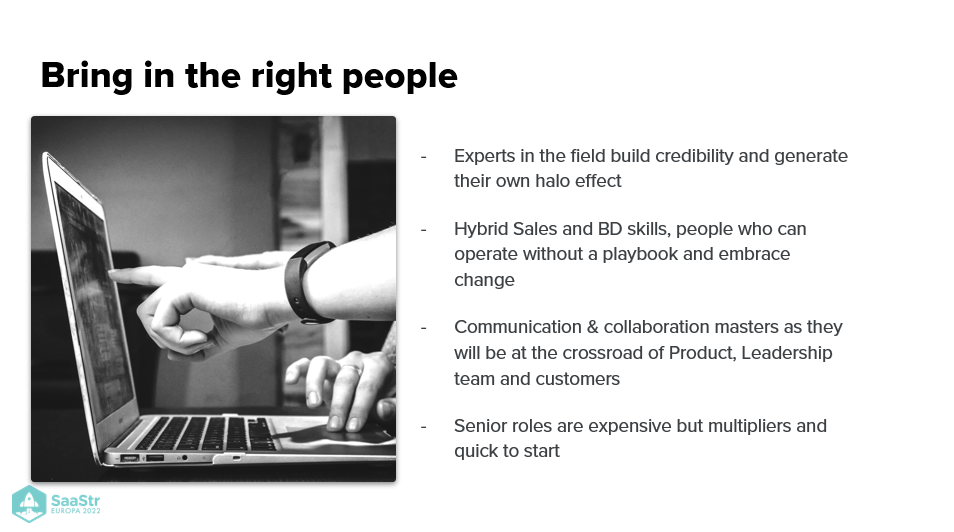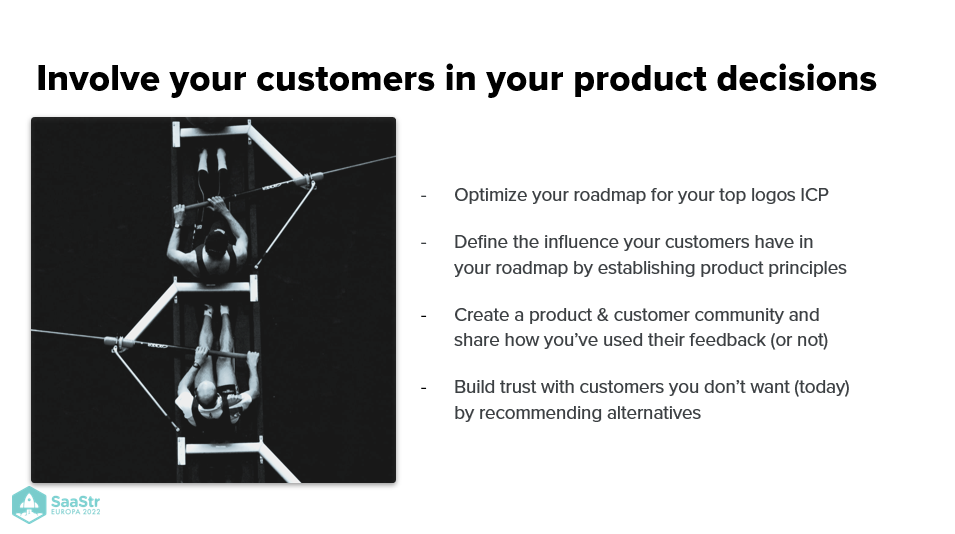When software startups are in their early stages, most rely on their ARR as their primary indicator of success. However, according to Eléonore Crespo, co-founder of Pigment, it’s not all about ARR. Founders should give an adequate amount of focus to picking their first customers and building their network. What’s more promising than a positive ARR is a trustworthy product with a significant amount of credibility.
Build a strong customer base
Building trust and credibility with your customer base is a sure way to success. However, you cannot build upon either without confidence. Your startup is asking to handle the core customer data of major companies. To win over founders and C-suite leaders, you must not only prove to them you are confident in doing so but also prove that your product is a must-have for their brand.
Your customers are looking for a partner they can partner with for many years. This relationship will be built upon trust. Use your confidence in your product and your team to build the foundation for these relationships, then use these relationships to build even more credibility for your product.
When understanding how you can get companies to trust you and show interest in your tool, remember the main points buyers are thinking about.
- Will this product scale?
- Will this company still be around in two years? Is this product sustainable?
- Is this product and/or company secure?
- Does the product work? Is its quality up to our standards?
If you can convince trusted players to buy your solution, it means you are trustworthy, too. When signing big companies, turn them into lifelong advocates. Make your clients want to tell others that your product has changed their lives and the way they do business. This will help you build trust and credibility and will unlock the next wave that brings you 100 more customers.
“Confirmation bias isn’t always a bad thing. Take advantage of confirmation bias from companies.”

How to focus, deliver and succeed
- Optimize the ideal customer profile for a halo effect. Creating a picture of what your ICP looks like should be the first thing to happen within a start-up. While building your ICP wishlist, be realistic in timelines. Who can benefit from your product? Which names are realistic to go after right now? Who will we be able to go after in a year or two? Build your startup’s roadmap to prioritize your ICP.
“Before starting Pigment, we spent nine months speaking to the ecosystem, defining the ideal personnel, and understanding their problem. While designing Pigment, we kept in mind, ‘are we attacking the right ideal customer profile?’.”
- Leverage your network. Before choosing partners, think about the network opportunities of VCs, advisers, or angel investors. Strategically review these networks, and map your prioritized ICP with your partners’ networks. When working to leverage your network and the networks of your partners, execute with excellence to show your accountability. Provide content templates, track activities, review performance, and share progress regularly.
- Bring in the right people. When you are building your brand, you must pull trust and credibility from your team. Stack your team with experts in the field to generate a halo effect upon not only your future customers but your future employees. Your early employees can set the tone and determine how you achieve business with your ICP. Early employees should have hybrid skill sets, the ability to operate without a playbook, and be flexible with embracing change. They must be communication and collaboration masters as they will be at the crossroads of product, leadership teams, and customers. Yes, senior roles are expensive, but they are a huge accelerator of growth. Hiring senior roles from day one means less employee training and more time spent bringing in customers and employees.

- Have the right expectations as CEO. Be prepared to prioritize ruthlessly—you’ll always need more time than you think. Build relationships with executives of companies you believe in, and be ready to add your unique value as CEO. CEOs have ten times more power in building credibility and trust. As CEO, don’t focus only on creative relationships with other executives but also with your own customer base. Understand what you can do to make your customers the greatest advocates of your product.
- Involve your customers in product decisions. Creating a product and customer community allows you to treat your customers as co-founders of your product. Set a vision for your product, be transparent about that vision, and bring customers onboard. Define the influence your customers have by being open to their feedback and needs. Finally, build trust with customers you can’t serve by recommending alternatives.
- Differentiate through your product. What makes your company different? What makes your product different? Show customers your difference by showing them how you will build a future together. Top brands are looking for long-term partnerships. Show your hunger by being responsive and available. Be open and honest when you cannot deliver. These are partners you want on your side for the next 10+ years. It’s important to stand out in the market and help customers easily identify what makes you different.

Key takeaways
The trust of your customers is more important than ARR. Focus just as much on building your credibility as you are on ARR (if not more). Know your ICP, and what they are looking for in a product, then craft your roadmap to optimize this customer and solve their problems. Think about must-have products you’ll need to deliver. Once you’ve accomplished this, leverage the halo effect from won-over customers to continue building trust and advocacy. Use all available resources to differentiate your brand, and win your network, team, product, and you.

